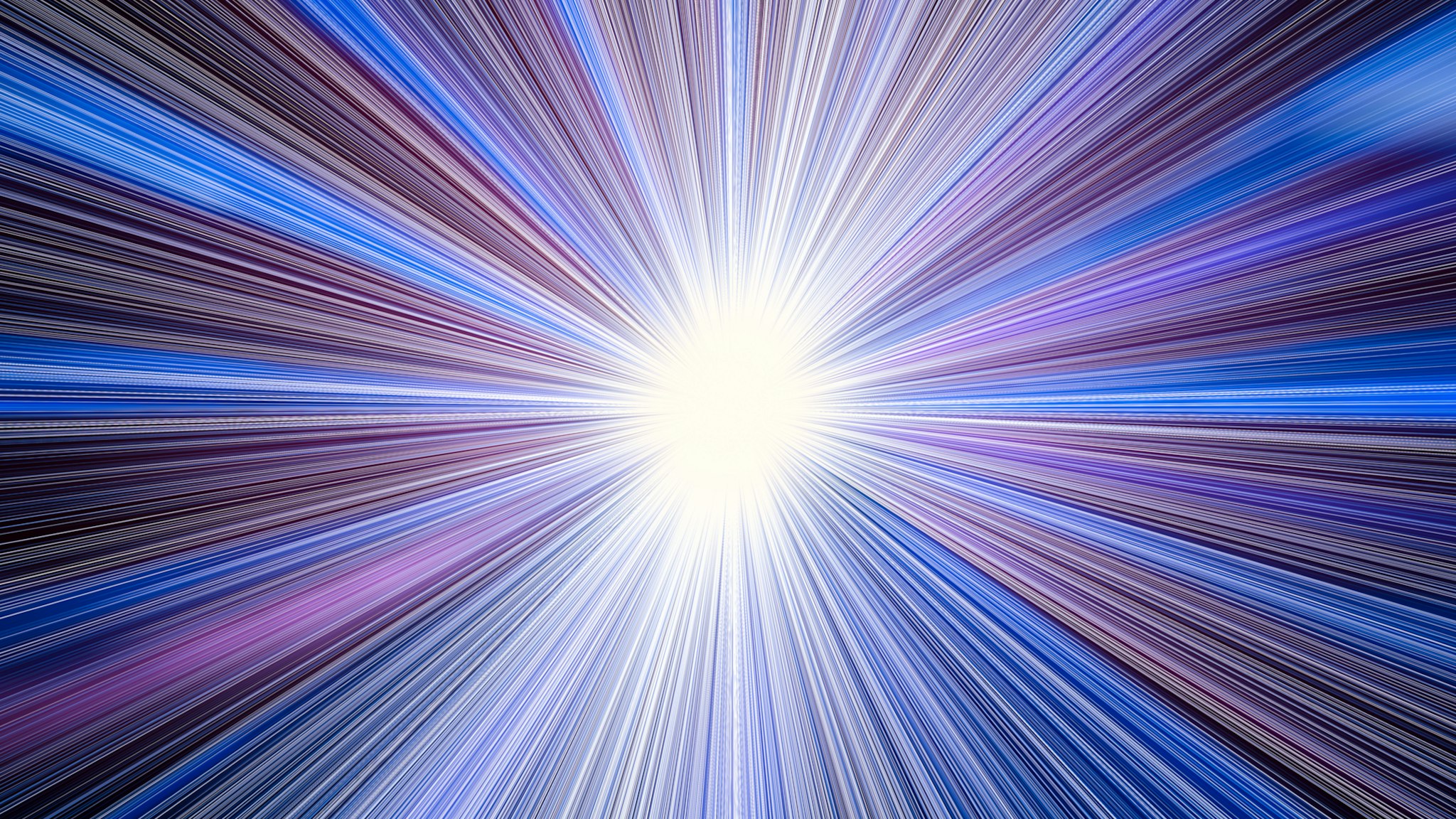A dispute has arisen among scientists as to whether images from the James Webb Space Telescope have disproven the Big Bang theory.
The Big Bang, first proposed in 1927, posited that the universe started as an incredibly hot, dense single point that exploded, triggering a constant expansion of the known universe. That led to the Lambda-CDM model of the universe, considered the standard model of cosmology, which states that the universe is full of matter, dark matter, and dark energy.
Three basic facts support the Big Bang theory: more distant galaxies are reputed to have a higher red-shift than closer ones, meaning there is an increase in wavelength of the light emanating from them, so their light is shifter toward the red area of the spectrum; the cosmic background radiation from the effect of the Big Bang fills the universe, and the evidence for an abundance of elements in the early universe.
But social media became abuzz with rumors that the Big Bang theory had been debunked after a recent article by Eric Lerner, the author of the 1991 book “The Big Bang Never Happened.”
Lerner claimed, “The hypothesis that the JWST’s images are blatantly and repeatedly contradicting is the Big Bang Hypothesis that the universe began 14 billion years ago in an incredibly hot, dense state and has been expanding ever since.”
Lerner quoted Allison Kirkpatrick, an astronomer at the University of Kansas in Lawrence, saying, “Right now I find myself lying awake at three in the morning and wondering if everything I’ve done is wrong.”
Kirkpatrick, who has changed her Twitter handle to “Allison the Big Bang happened Kirkpatrick,” was incensed, saying that her words were taken out of context, tweeting, “Time to curl up with A Very Kitty Cocktail Party while muttering that the big bang is real. … And efff the dickwad who blatantly misused my quote in an attempt at ‘evidence.’”
And efff the dickwad who blatantly misused my quote in an attempt at "evidence"
— Allison the Big Bang happened Kirkpatrick (@AkAstronomy) August 18, 2022
Kirkpatrick linked to an article by Jackson Ryan addressing Lerner’s claims.
In case you are still confused, check out this nice summary by @dctrjack https://t.co/dqAzOlXZGI
— Allison the Big Bang happened Kirkpatrick (@AkAstronomy) August 22, 2022
“Lerner’s piece uses some of the early JWST studies to attempt to dismiss the Big Bang theory,” Ryan wrote. “What’s concerning is how it misconstrues early JWST data to suggest that astronomers and cosmologists are worried the well-established theory is incorrect.”
“We as scientists have a responsibility to educate the public, and I take that responsibility very seriously,” Kirkpatrick told Ryan. “Deliberately misleading the public makes it difficult for them to trust real scientists and to know fact from fiction.”
“If you’re interested in further arguments against Lerner’s hypotheses and why the claims don’t add up, I recommend checking out Brian Keating’s recent YouTube video,” Ryan recommended.
“It’s a common misconception that redshift proves that galaxies are speeding away from us. They aren’t,” Universe Today noted. “Distant galaxies aren’t speeding through space. Space itself is expanding, putting greater distance between us. It’s a subtle difference, but it means that galactic redshift is caused by cosmic expansion, not relative motion.”
“The only model that supports all the evidence is the big bang. Lerner’s argument is an old one that has long been disproven,” Universe Today concluded.

